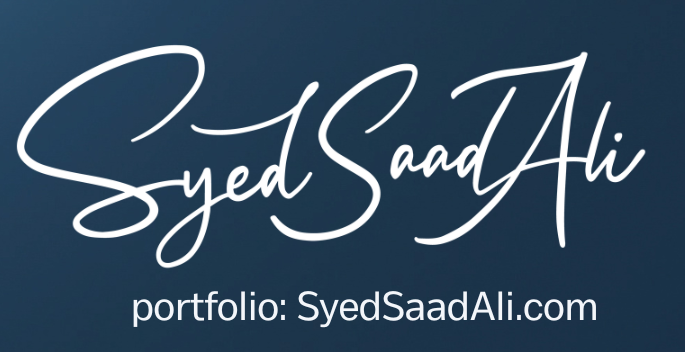An Introduction to Financial Statement Generator (FSG)

An Introduction to Financial Statement Generator (FSG)
Financial Statement Generator
The Financial Statement Generator (FSG) is a powerful reporting engine that supports interchangeable report objects, server-based processing for high performance, and report scheduling for efficient use of system resources. You can define reports on-line with complete control over the rows, columns and contents of your report.
Features
- Standard reports are generally more detailed than FSG.s and many focus on transaction level detail.
- FSG report shows off account balances in General Ledger only.
- Oracle Financial Statement Generator builds reports using re-useable components.
- In order to create a report you must first define each of the component parts, which may include:
- Row Set
- Column Set
- Content Set
- Row Order
- Display Set
- You must combine at least a row set and a column set to produce the reports you need.
- You may group reports into report sets.
Row Set
A report component you build within Oracle by defining all of the rows in your report. For each row, you control the format and content, including line descriptions, indentations, spacing, page breaks, calculations, units of measure, precision and so on. For example, you might define a standard balance sheet row set.
Column Set
A column set defines the format and content of the columns in an FSG report. In FSG, the commonly assumed attribute for a column definition is a time period (amount type), whereas the attribute for a row definition is an account assignment. Therefore, typical column sets include headings and subheadings, amount types, format masks, currency assignments, and calculation columns for totals.
Content Set
A report component that you build within Oracle that defines the information in each report and the printing sequence of your reports. For example, you can define a departmental content set which prints one report for each department.
Row Order
A report component that you use to modify the current order of rows and Accounting Flexfield segments in your report. You can rank your rows in ascending or descending order based on a selected column and rearrange the sequence of segments in your Accounting Flexfield. For example, if you want to review Total Expenditures in descending order by project, you can rank your rows in descending order by the Total Expenditures column and rearrange your segments so that project appears first on your report.
Display Set
A Financial Statement Generator report component that you build within Oracle to control the display of ranges of rows and/or columns in a report, without reformatting the report or losing header information. You can define a display set which works for reports that use specific row and column sets. Or, you can define a generic display set which works for any report, regardless of its row and column set.
Extensible Business Reporting Language XBRL
eXtensible Business Reporting Language (XBRL) is an open specification for software that uses Extensible Markup Language (XML) data tags, together with a taxonomy, to describe business reporting, including financial information. An XBRL taxonomy is a standard description and classification system for the contents of accounting reports.


